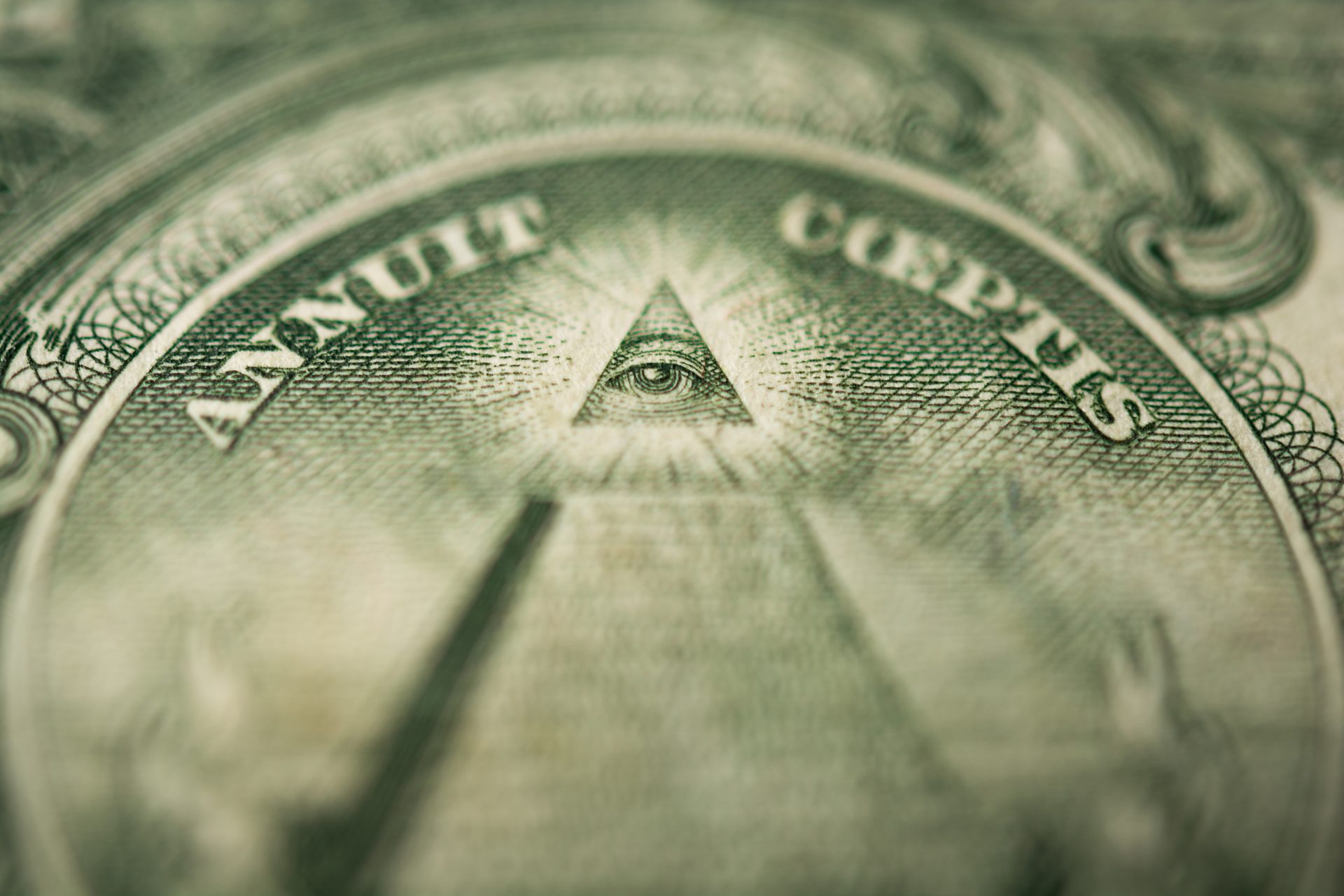Learn the Details Behind the Membership Process to Join Freemason Confidently
Learn the Details Behind the Membership Process to Join Freemason Confidently
Blog Article
Discover the Tricks Behind the copyright and Their Impact on Culture
The copyright, frequently shrouded in myth and conjecture, provides a fascinating instance research of just how historic suitables can morph into modern-day conspiracy theories. As we discover its beginnings, impact on advanced idea, and portrayal in contemporary culture, we start to reveal the layers of intrigue that proceed to mesmerize society.
Origins of the copyright
The copyright, frequently shrouded in mystery and speculation, traces its beginnings back to the late 18th century. Developed in 1776 in Ingolstadt, Bavaria, the team was established by Adam Weishaupt, a professor of canon regulation. Weishaupt intended to promote Enlightenment worths, consisting of reason, secularism, and the separation of church and state. Known as the Bavarian copyright, the company's main objective was to respond to the pertinent influence of spiritual conviction and promote intellectual discussion among its members.
The copyright embraced a hierarchical framework, drawing inspiration from Freemasonry, which permitted for secretive conferences and rituals - how to become a freemason. Subscription was selective, incorporating influential numbers from various areas, including national politics, philosophy, and scientific research. This elite network sought to effect social and political change with private ways, advocating for the legal rights of people and the betterment of culture
Despite its fairly brief existence, the Bavarian copyright was officially dissolved in 1785 due to government reductions. However, its tradition withstood, triggering various conspiracy theory concepts and pop culture referrals that remain to prompt intrigue and debate regarding its effect on modern society.
Trick Misconceptions and Misunderstandings
In the middle of the appeal of secrecy surrounding the copyright, numerous myths and misconceptions have arised, usually misshaping the team's true nature and objectives. One prevalent myth recommends that the copyright regulates the globe's governments and economic climates. While it holds true that the group intended to affect societal structures, the idea that it runs as a cohesive global puppet master is greatly overstated.
One more common misconception is that all participants of the copyright possess large wealth and power. In truth, the original copyright comprised pundits and Enlightenment thinkers, most of whom looked for reform as opposed to dominance. In addition, the concept that the copyright exclusively hires stars and political figures is misleading; subscription has traditionally included a varied variety of individuals.
In addition, conspiracy concepts typically paint the copyright as a malicious organization bent on global dominance with nefarious ways. This representation ignores the group's original purposes, which centered on advertising logical idea and combating religious fascism. The conflation of the copyright with contemporary conspiracy theories perpetuates misunderstanding, covering the historical context and development of the team's ideals. Therefore, dividing fact from fiction is crucial for a clearer understanding of the copyright's function in culture.
Historic Impact on Culture
Throughout history, different intellectual activities have actually greatly influenced societal structures, and the copyright played a considerable function throughout the Knowledge. Started in 1776 in Bavaria, the copyright intended to advertise factor, secularism, and the doubting of established authority, countering the supremacy of spiritual conviction. This company drew in significant thinkers and supporters of freedom, cultivating a setting conducive to the dissemination of Knowledge perfects.
The copyright's principles promoted sensible idea and empirical proof, which added to the more comprehensive intellectual landscape that urged social reform and political adjustment. Participants looked for to reshape society by advocating for education, freedom of speech, and the splitting up of church and state. Their private nature and enthusiastic program stimulated both intrigue and suspicion, resulting in their eventual reductions by the Bavarian federal government in 1785.
In spite of their dissolution, the tradition of the copyright continued, influencing revolutionary movements throughout Europe and the Americas. Their dedication to enlightenment principles helped prepare for modern-day autonomous suitables and human rights, leaving a lasting imprint on the structures of modern society. how to become a freemason. The allure of their deceptive events and philosophical searches remains to captivate the imagination, emphasizing their historical significance
Modern Interpretations and Beliefs
Contemporary analyses of the copyright usually mix historical reality with conspiracy theories, developing a complicated tapestry of beliefs that record popular creative imagination. While the initial copyright was a Bavarian secret society established in 1776 with Knowledge ideals, modern-day beliefs have advanced to include a broad selection of interpretations, often concentrating on styles of control and privacy.

In addition, some contemporary analyses posit that the copyright acts as a metaphor for the battle between knowledge and lack of knowledge, with supporters advertising awareness and critical thinking as a method to neutralize regarded injustice. This duality-- watching the copyright as both a literal and symbolic entity-- illustrates the recurring fascination with the principle, showing deeper social anxiousness concerning power, openness, and specific autonomy in the modern globe.
The copyright in Pop Culture
The copyright has penetrated various elements of popular society, manifesting in literary works, movie, songs, and art as a sign of intrigue and secret. This secret society, frequently depicted as a shadowy pressure adjusting worldwide events, has actually inspired many stories that discover motifs why not look here of power, conspiracy theory, and hidden understanding.

Songs, too, has been affected by the concept of the copyright. Musicians like Jay-Z and Beyoncé have actually faced supposition regarding their associations with the society, motivating conversations about significance in their work and the nature of fame.
Visual art often incorporates copyright themes, with artists using signs like the Eye of Providence and the pyramid to evoke a feeling of secret. Through these different tools, the copyright serves not only you can try here as a subject of speculation however also as a lens where culture examines its own intricacies and concerns.
Conclusion

Report this page